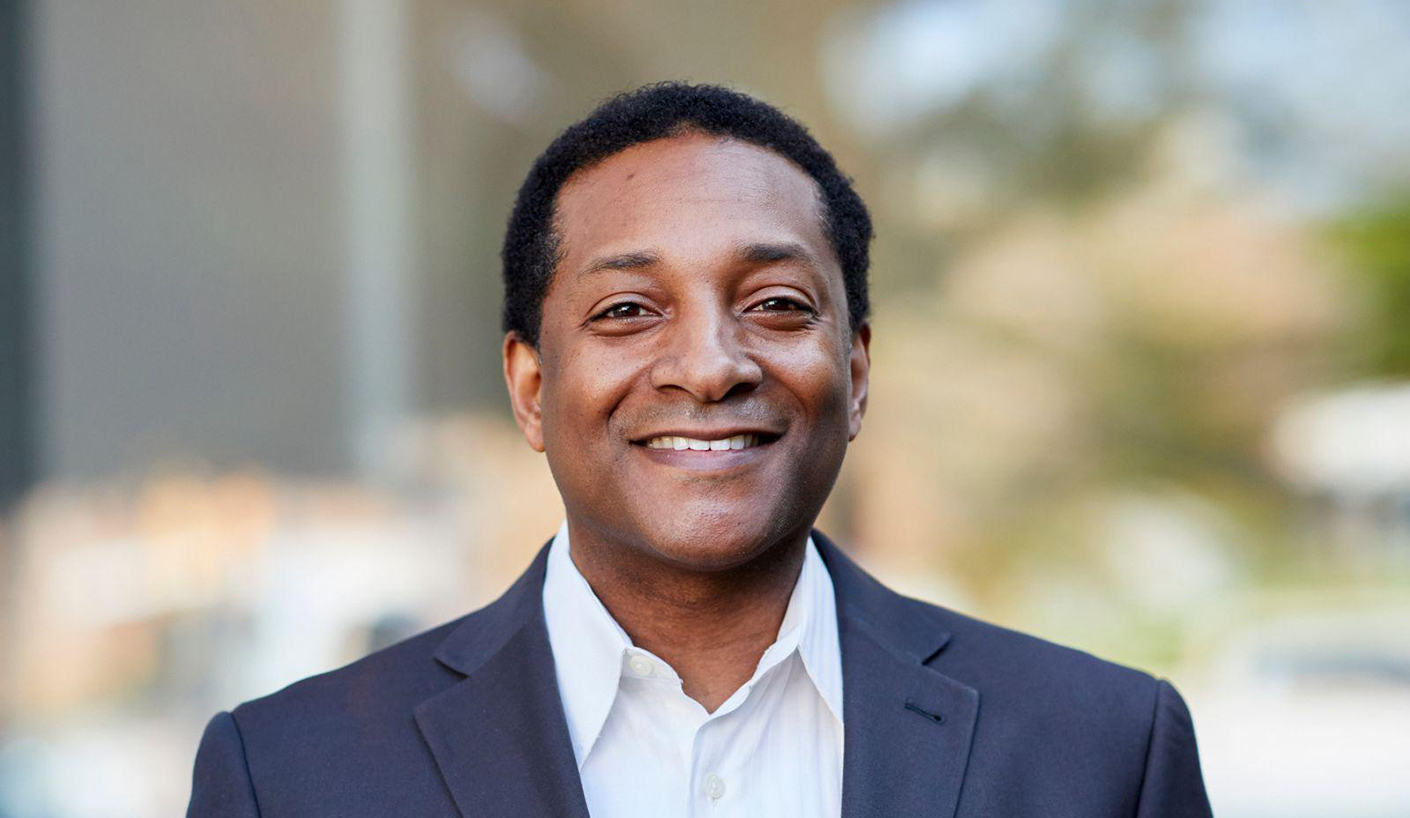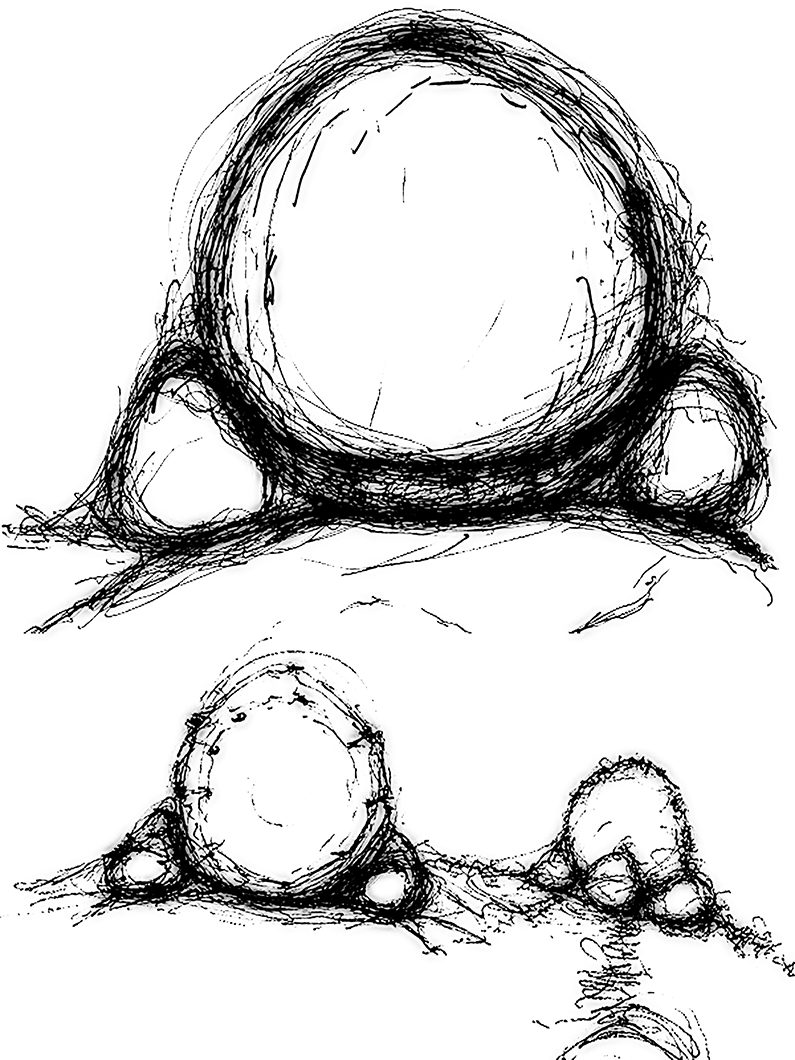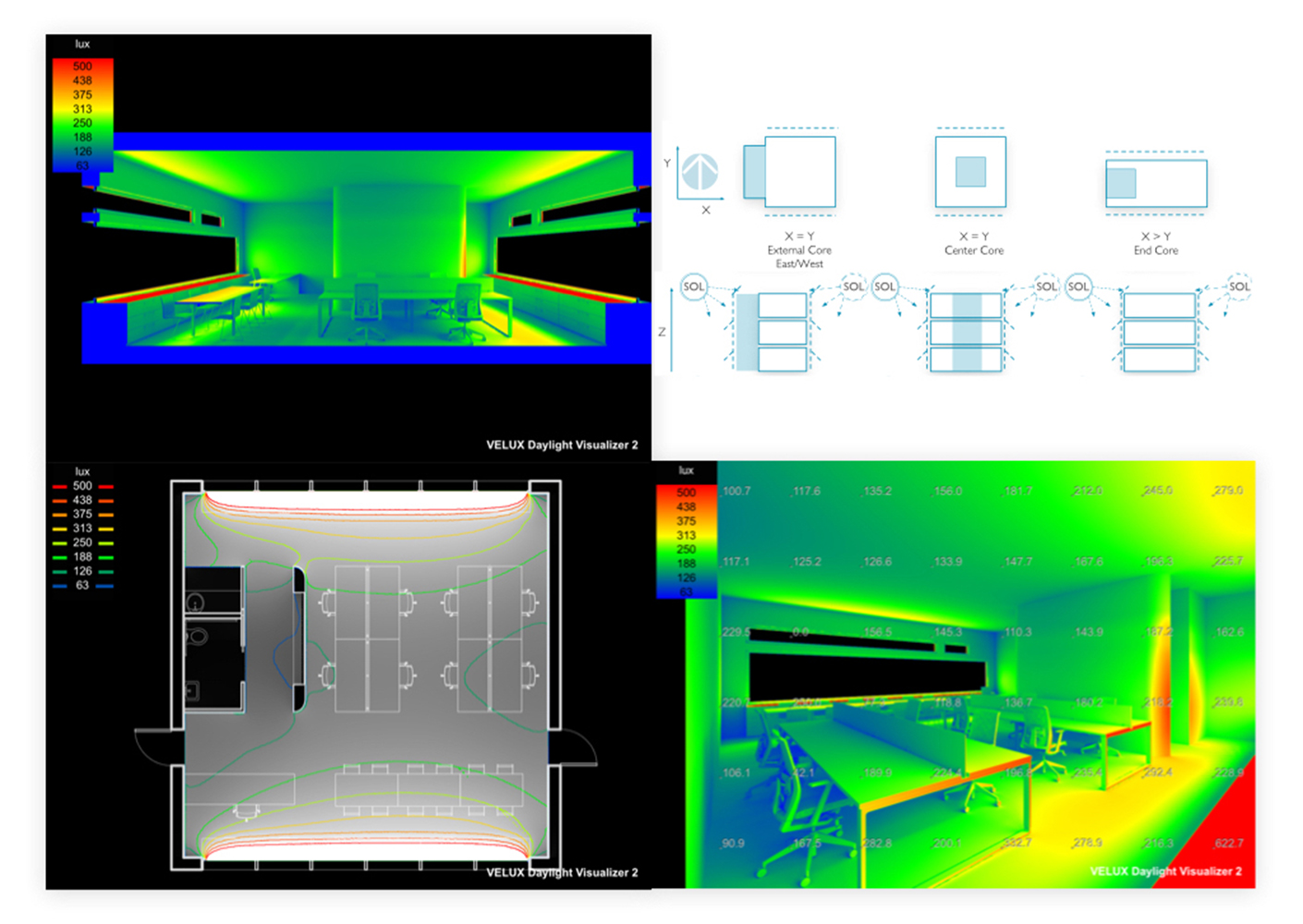Conversations with Colleagues: Marionyt Tyrone Marshall



A: When I was young, I was always making things with my hands. I loved forming casts in my backyard out of dirt, water, and a cup. I would build entire cities that I imagined as cities for the ants.
Now, as a designer at Perkins&Will, I’m no less adventurous in my creative thinking. Architecture allows me to think about the future in a way that excites me, and make something happen or make a difference. What if we go up to live on Mars? How will people live and work? Even as a kid with my spaceman sketches I was thinking about the limits of cities, and I get to continue to think about these future-focused ideas as a professional designer now. We are increasingly urban as a society, and as an architect I’m able to think critically and creatively at that scale.
The current challenges I enjoy as a designer involve the process of intertwining practice and research. I question how to combine my diverse areas of knowledge in ways that combine systems and technology, and the art of space making. Each of these areas has had a particular impact on my life and work, but the challenges have given me a unique design perspective that may one day lead to the solutions for the future.

A: As a member of NOMA from 2001-2012, I had the opportunity to lead a local chapter and host our national conference in 2004. These experiences taught me that it’s essential to have your views heard and participate in the design community. I now get involved in design research and seek opportunities to mentor and teach, learning along with my students how to realize opportunities to make our world a better place.
In 2010, I had the opportunity to mentor a young architecture student who reached out to me about my work with the Perkins&Will research incubator: exploring active building envelope technology that provides cooler and drier air efficiently for buildings in hot climates. My mentee attended Kennesaw State University as a 5th year architecture student and was proposing a larger system than mine, one that wouldn’t cool just buildings, but entire city blocks and neighborhoods for atmospheric resiliency in the city of Atlanta. We had to problem-solve for both design issues and issues of community inclusion, often hearing from voices we don’t normally expect participation from. I believe that my practice addresses diversity and inclusion through my prioritization of listening to all, regardless of background, location or experience. By taking the time to listen to the stories of others and their unique ideas, we can inspire better design for our cities and society.

A: Currently, I’m continuing my work on building envelopes, reducing energy use on heating and cooling systems. The system combines my knowledge of architectural design, sustainability, and technical mechanical systems. My system challenges the idea that heating and cooling machinery must be located only on a roof or in a basement: The hybrid-building envelope uses low-cost thermal energy and naturally occurring water from humid air, extracting it to deliver cooler, drier air to the interior, similar to a dehumidifier. The dehumidified air then passes to a much smaller mechanical system to meet the needs of interior thermal comfort.
Inspired by nature in both the design and the function, and things like dewponds and leaf-cutting ants, the envelope condenses water from moisture in the air using simple constructions, such as depressions in the earth, like dewponds. The design of the envelope takes a cue from the ants, who make tubes that deliver natural breezes from their environment directly into their nests. I bring these ideas to a large scale, and an urgent 21st -century application.
Perkins&Will has given me this amazing opportunity to pursue my research and its impact on design and climate change. As a contributing member to the Perkins&Will research team, I foresee that one day the thermo-hygroscopic wall will become a reality and find its place in our growing practice of resilient design.

A: I have benefited from working with high-caliber colleagues in both architecture and research at Perkins&Will. The studios in our firm strive for collaboration and consideration of the best ideas in inclusive design practice. The micro-grant research program here, the Innovation Incubator, allows staff like me to propose projects that test new ideas that can impact broader society. I have had the opportunity to take my passion, which started with childhood mud cities and ants, to a professional and academic level both in the office and at graduate school. Here, I have found strong support to continue my work, and to continue to push the boundaries at the firm.